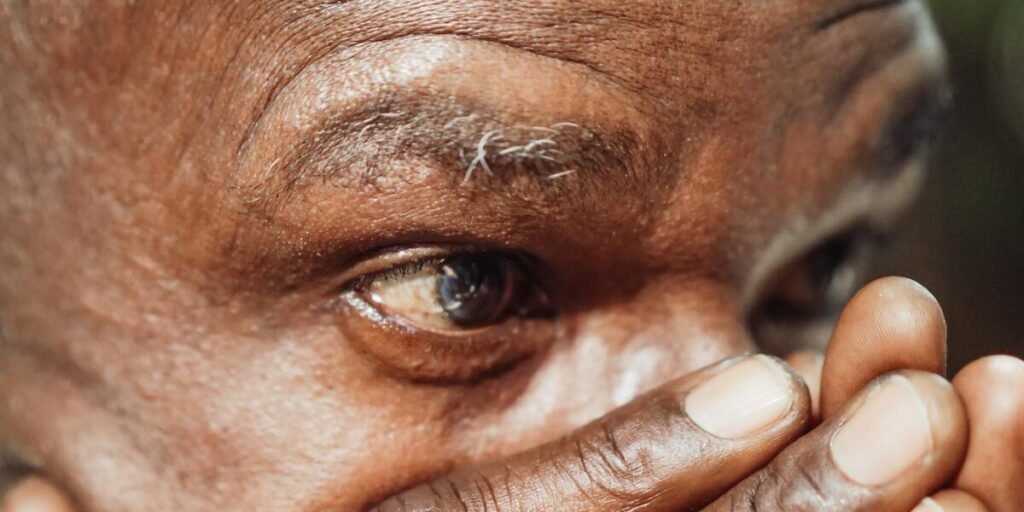Aging is a variety of physiological, metabolic and functional changes that gradually appear with age after various systems and organs and tissues of the body grow and mature. Aging, on the other hand, includes a longer time frame and includes changes that occur from the onset of development. Aging has four characteristics: universal, progressive, consumptive and endogenous.Aging is a normal developmental process, is a physiological process, and genetic and biological, psychological and social factors. People generally mature at the age of 20 to 25, and some organs (such as the brain) generally mature at the age of 30. Later, biological aging gradually appeared. The aging speed is very slow and gradual in the first 20 to 30 years, and the aging speed accelerates at a certain age. However, individual differences in aging are large, the aging speed of each system and each organ of the same individual is not synchronized, and the same change manifests differently in each organ. For example, the degree of arteriosclerosis in the heart, brain and kidney is not completely synchronized. Simple functions (such as cardiac output or renal excretion) are less affected by aging than complex functions (such as the reaction time of the nervous system and the body’s ability to adapt). This difference was clearly related to genetics, occupation, and physical activity. Therefore calendar age (the period since birth expressed in time) is not a reliable indicator of lifespan, biological age is more precise. Biological age is calculated based on the function and metabolism of major systems and organs (such as cardiovascular system, respiratory system, nervous system, and kidneys), as well as aging symptoms (such as some signs of skin, etc.). Biological age may be lower or higher than calendar age, or both may be equal.
No products in the cart.
Aging
- Home
- Aging






















